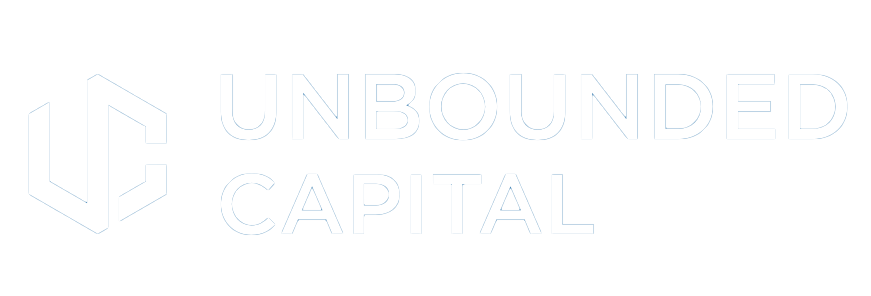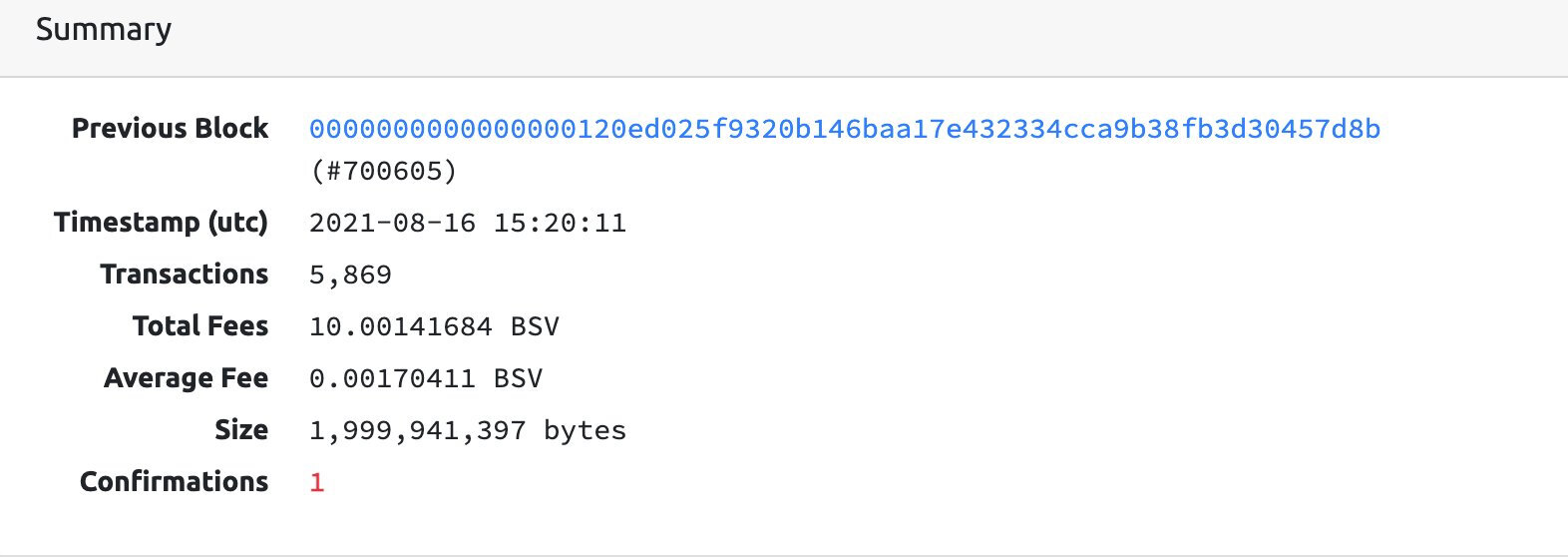Two days ago a record breaking 2GB block was mined on the BitcoinSV blockchain, generating just over 10 BSV in transaction fees.
Not only is this massive block a testament to the sheer size of blocks that can be processed when there are no arbitrary data limits on Bitcoin, but it’s also an important milestone for the maturing economic model underpinning the BitcoinSV blockchain; transaction fees generated in this block far exceeded the block subsidy.
Why this is important?
A block reward is the total payout for a mined block. The equation for calculating block reward is as follows:
Total block reward = transaction fees + block subsidy
Example: the block reward for this 2GB block is broken down below:
10 BSV transaction fees + 6.25 BSV block subsidy = 16.25 BSV total block reward
Currently, the block subsidy sits at 6.25 BSV issued to miners per block, although that number will continue to be cut in half every 4 years until the block subsidy reaches 0 around the year 2140. Although this absolute 0 subsidy is more than 100 years away, the reality of the subsidy’s exponential decrease means that it will be below 1 BSV per block by ~2032. Due to this programmatically dwindling block subsidy, logic follows that over time the proportion of block rewards being made up of transaction fees will only continue to grow. It is important that transaction volume grows significantly enough for nodes to continue mining profitably as the block subsidy shrinks towards 0, otherwise there may not be enough incentive for miners to continue operating.
Below is a graph illustrating how, ideally, transaction fees gradually overtake block subsidy as a proportion of total block reward.
*Note: in this image block subsidy is being referred to as “block reward”
For this 2GB block, the ratio of transaction fees to block subsidy was a whopping 160%, showing that big blocks have the ability to generate substantial transaction fees, significantly increasing miner profitability. This 2GB block is an important milestone in the development of Bitcoin’s economic model, as we now have proof that big blocks can generate enough transaction fees to more than make up for the dwindling block subsidy, even while maintaining extremely low fees for users.


